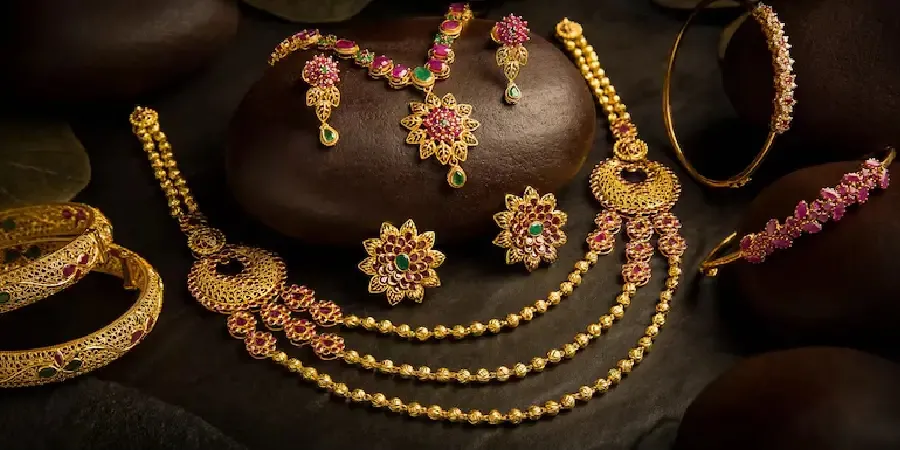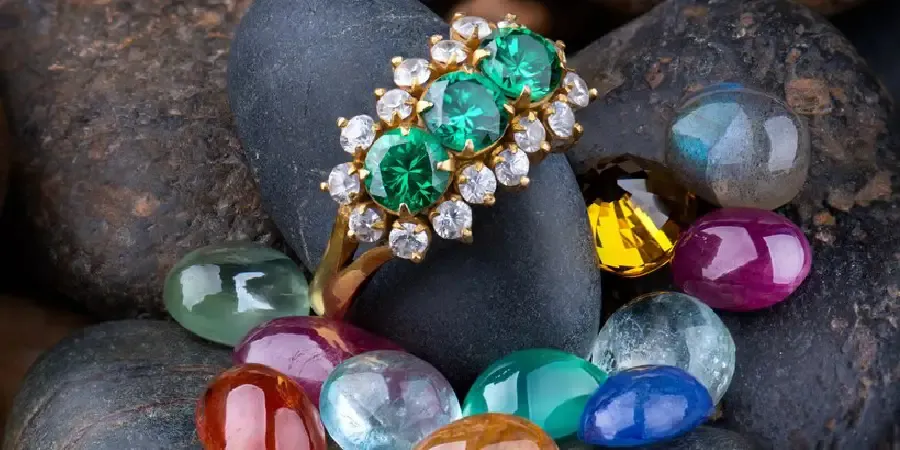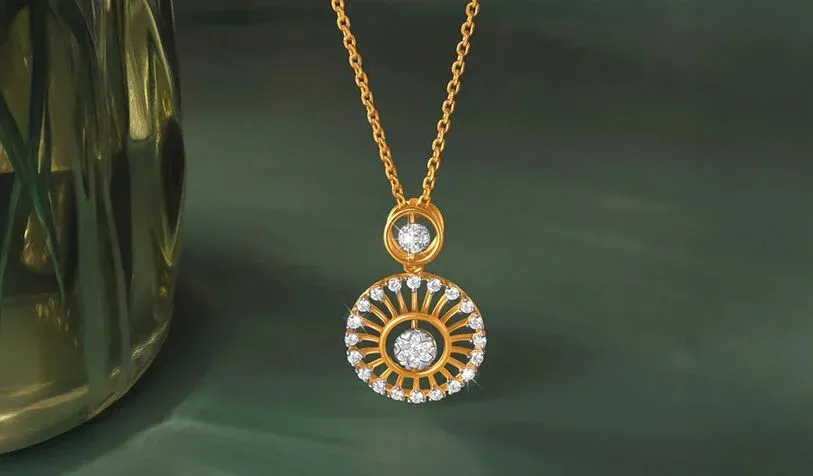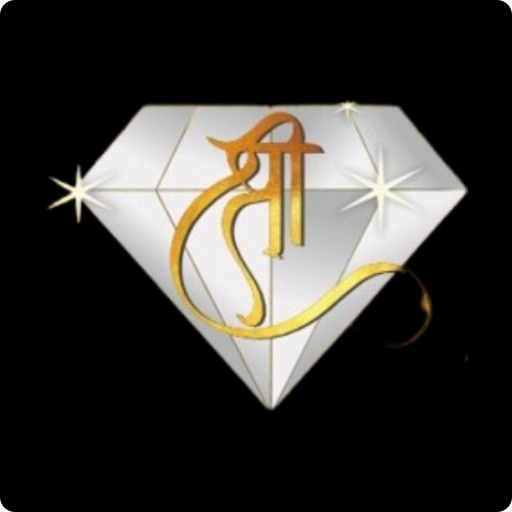
Why Gold Jewellery is More Than Just an Investment in Indian Culture
A Legacy of Traditions and Rituals
In Indian families, the journey with gold often begins at birth. It’s common for newborns to receive gold bangles or a tiny chain as blessings from grandparents. As a child grows, gold continues to be a part of their life — gifted during birthdays, festivals, and especially during rites of passage like the sacred thread ceremony or engagement.
The most prominent role of gold is seen during weddings. For most Indian brides, their wedding day is marked by a stunning display of gold jewellery. Necklaces, earrings, bangles, nose rings, maang tikka — each piece is not only a beautiful accessory but also a symbol of good fortune, wealth, and familial blessings. It is believed that the more gold a bride wears, the more prosperous and secure her future will be. These pieces are often gifted by parents and in-laws, signifying love, protection, and the passing on of tradition.
Festivals and Auspicious Beginnings
Certain days in the Indian calendar are considered highly auspicious for buying gold. Akshaya Tritiya, Dhanteras, and Diwali are among the most popular occasions when families invest in gold, believing it will invite prosperity into their homes. Shops are crowded with customers looking for the perfect bangle, coin, or chain. Buying gold on these days is seen as a way of ensuring endless growth and success.
Gold is also offered during religious ceremonies and is often used in temple jewellery and ornaments for deities. Many households donate small gold items during spiritual events as a way of expressing gratitude and devotion.
A Treasure Trove of Memories and Emotions
What sets gold jewellery apart from other investments is the emotional weight it carries. A gold ring from a father, a pair of earrings from a grandmother, or a wedding necklace from a husband — these are not just ornaments but keepsakes of love and connection. Each piece of jewellery tells a story. These are the things we hold on to, pass down, and remember loved ones by.
Gold is often the first jewellery a woman receives and sometimes the last thing she passes on. It connects generations — a timeless bond between mothers, daughters, and granddaughters. It is tradition in tangible form, something that doesn't fade with fashion or age.
Evolving with Modern Tastes
While the emotional and traditional value of gold remains constant, its designs and uses have evolved. Today’s gold jewellery is no longer limited to heavy bridal pieces. There is a growing trend of lightweight, minimalist gold jewellery that suits daily wear. From office wear chains to simple rings and dainty bracelets, modern gold jewellery caters to the lifestyle of today’s youth.
You’ll also find contemporary gold designs that blend traditional craftsmanship with modern aesthetics — making gold fashionable yet culturally rooted. Whether paired with ethnic outfits during festivals or styled with western dresses, gold continues to remain versatile and timeless.
Financial Value and Security
It’s impossible to ignore the practical value of gold. Unlike other luxury items, gold retains and often appreciates in value. In times of financial uncertainty or emergencies, gold is seen as a safe and liquid asset. This is why many families, especially in rural India, continue to invest in gold rather than putting all their money into banks or the stock market.
From gold coins to bridal jewellery, every item serves a dual purpose — it’s both beautiful and financially wise. This aspect makes gold a smart long-term investment and a reliable source of security.
In the Indian context, gold jewellery is not merely about fashion or finance. It represents a blend of values, emotions, and heritage. It reflects who we are, where we come from, and what we hold dear. The gleam of gold is a reminder of our roots, our milestones, and the love that binds families together.
So whether you wear it as a bride, buy it during a festival, or gift it to someone special — gold jewellery is always more than what meets the eye. It is tradition, investment, beauty, and memory — all wrapped in one.







